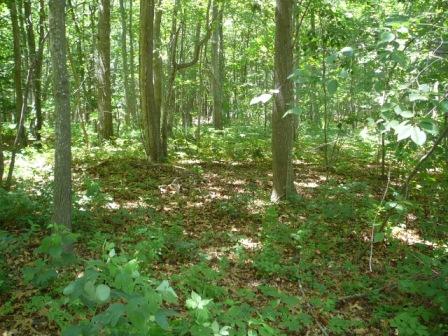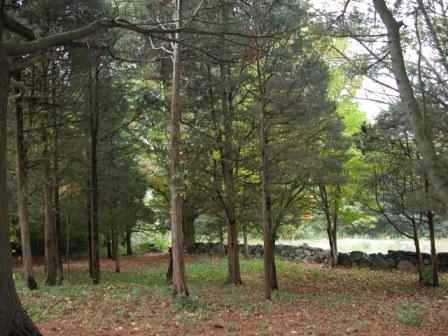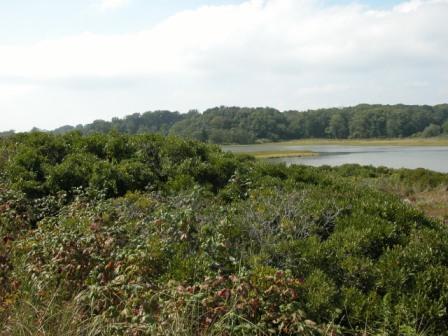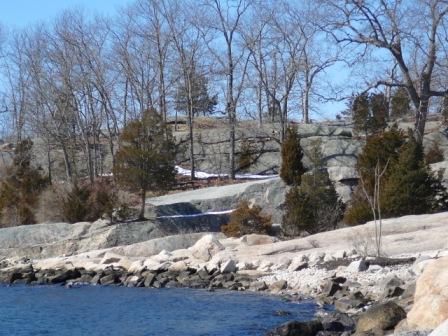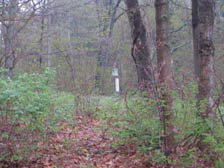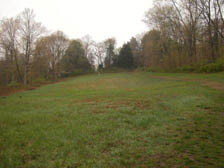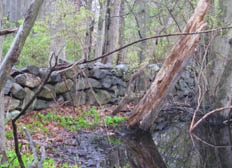Open Space Management Plan
Part 3. Characteristics of the Site
This section is provided as an overview and does not attempt to detail all the information found in reports and documents prepared by others – list these in the bibliography. Don’t get hung up on every category—fill in whatever you can (resources are listed under Technical Resources). Our particular emphasis is on Habitats as the most logical way to approach management goals, so we’ve listed that first.
A. Natural Resources
B. Plants and Wildlife
C. Cultural ResourcesA. Natural Resources
A Habitat is simply the place where an organism lives including both the biotic (living) and abiotic (nonliving) components. The ways to describe habitats are endless. Unless you have access to professional assistance, we recommend that you characterize your Preserve and the habitats of which it is composed using the following four general categories.
Forests & Woodlands Forests - Trees with their crowns overlapping, generally forming 60- 100% cover Woodlands - Open stands of trees with crowns, not usually touching, generally forming 25-60% cover.
Shrublands - Shrubs generally greater than 0.5 meter tall with individuals or clumps overlapping to not touching, generally forming more than 25% canopy coverage; tree cover generally less than 25%.
Grasslands/Meadows - Grasses, forbs, ferns, and other herbaceous plants dominant, generally forming at least 25% cover. Trees, shrubs, and dwarf-shrubs generally less than 25% cover.
Special Habitats: Vernal pools; bedrock ledges, and other special areas can be noted here.
More Specific Habitat Examples
A deciduous forest with a dense shrub understory.
A red maple forested swamp with a dense shrub understory.
A Woodland Habitat of dogwood trees in Essex.
Another example of Woodland Habitat - a red cedar woodland.
A coastal shrubland with northern bayberry
Rock ledges along the coast with numerous red cedar trees
Key References
See Appendix A for information on Connecticut’s geology and soils.
Back to Top
B. Plants and Wildlife
You don’t need an exhaustive list here, although the more information you have, the better. Think about any special flora and fauna that need consideration.
Are there any parts of the Preserve significant for wildlife?
For example, birds that use the Preserve during fall migration, or a particularly good trout stream?
Is there any plant species worth making note of that might need special management considerations?
A bird box placed in the Essex Cross Lots field to attract certain species of birds to the habitat.
A trout found in a land trust stream could serve as an indicator of water quality and the overall health of the stream habitat
Key References
Local expertise/Local naturalists
Connecticut’s Comprehensive Wildlife Conservation Strategy: http://www.ct.gov/dep/cwp/view.asp?a=2723&q=329520&depNav_GID=1719
Connecticut Botanical Society
http://www.ct-botanical-society.org/Connecticut Audubon Society
http://www.ctaudubon.org/For general locations of state and federally listed Endangered, Threatened, and Special Concern species, and significant natural communities, there is a statewide data layer at 1:24,000 scale that can be accessed through the NEMO Community Resource Inventory http://clear.uconn.edu/projects/cri/cri_online/06_unique.asp
Back to Top
C. Cultural Resources
While a parcel of land may have been acquired primarily for its natural resources, there may be other resources that are not natural in origin, but worthy of protection and maintenance within a preserve.
Examples could include:
old farm fields and pastures
stone walls
specimen trees
barns
planted areas
An old pasture has been preserved as open space as stated in the property deed. An old stone wall has been maintained by the land trust. Key References
Local expertise
Stonewalls:
http://www.stonewall.uconn.edu/Resources.htmOffice of the Connecticut State Archeologist
http://www.cac.uconn.edu/osa.htmBack to Top


